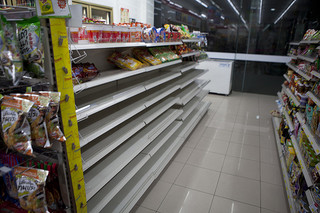Following the Horse Meat Scandal, Procurement Leaders Take Supply Chain Risk Seriously
Following DNA testing which revealed some meat products marked 100-percent beef actually contained about one-percent horse meat in European countries, supply chain and procurement leaders are re-thinking their risk strategies. The scandal has been spreading, with more companies jumping in on precautionary testing and even recalling meat products.










